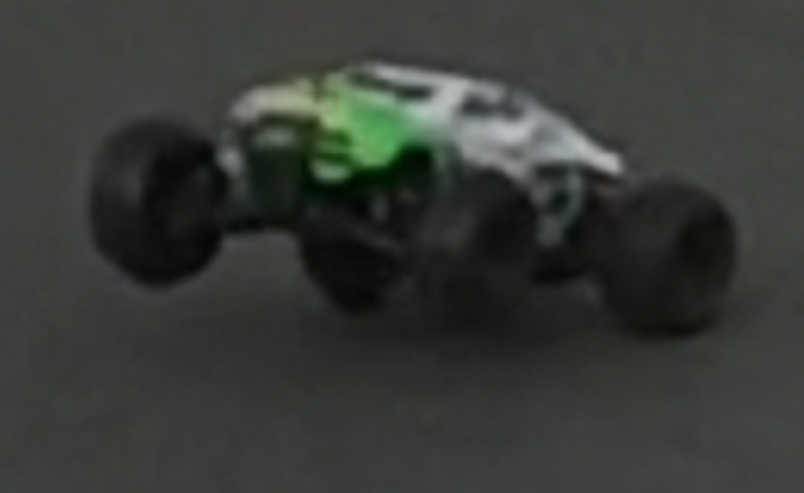Weight and Speed...
-
Recently Browsing 0 members
- No registered users viewing this page.
-
Latest Posts
-
- 40 replies
- 973 views
-
- 19 replies
- 673 views
-
- 41 replies
- 1,455 views
-
- 7 replies
- 107 views
-
- 31,579 replies
- 1,512,203 views
-






Recommended Posts
Join the conversation
You can post now and register later. If you have an account, sign in now to post with your account.